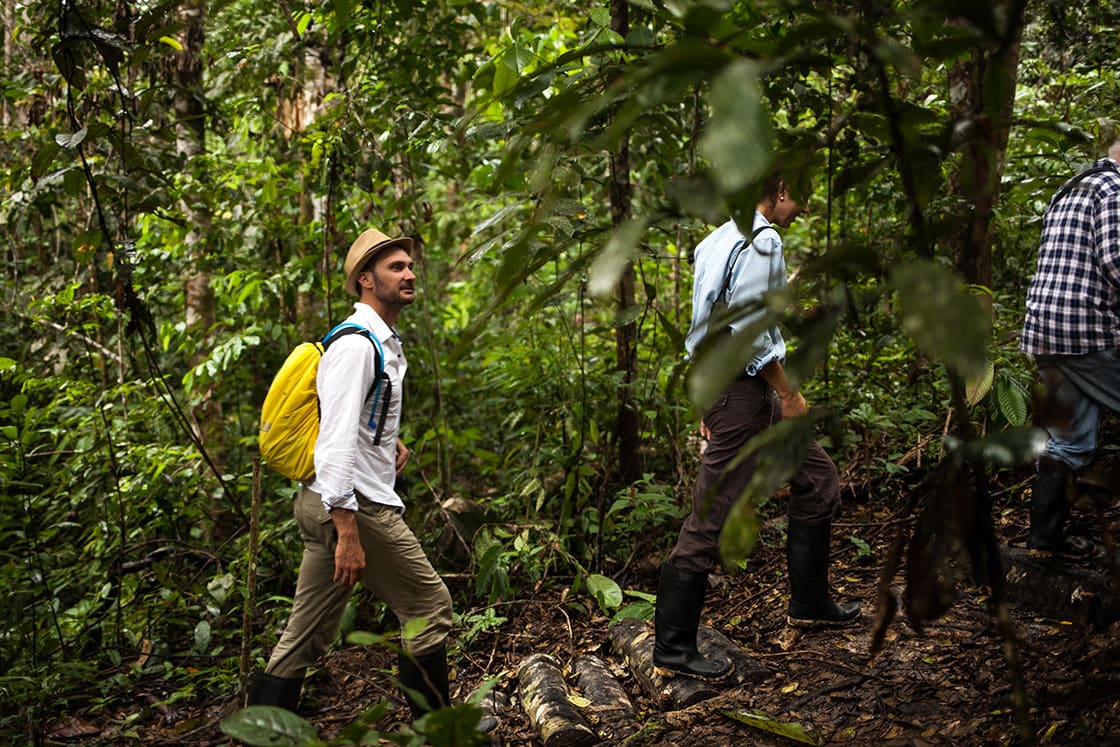South America’s jungles are some of the most biodiverse and fascinating places on Earth. They cover a vast area, stretching from the Amazon rainforest in Brazil to the dense forests of the Andes mountains. These jungles are home to an incredible array of plant and animal life, including many species that are found nowhere else in the world. However, exploring these jungles can be a challenging and potentially dangerous experience. In this article, we will discuss 10 things you should know before you venture into South America’s jungles.
Climate and Weather

The Climate
The climate of South America’s jungles varies depending on the region, but in general, it is hot and humid. The average temperature in the Amazon rainforest is around 27 degrees Celsius (80 degrees Fahrenheit), and the humidity is often close to 100%. This high level of humidity can make it difficult for your body to regulate its temperature, so it is important to stay hydrated and take breaks when needed.
The Weather
The weather in the jungle can be unpredictable, and it is not uncommon for it to rain for hours at a time. This can make hiking and navigating through the jungle more challenging, as the ground can become slippery and muddy. It is important to be prepared for rain when you are exploring the jungle, and to bring a waterproof raincoat or poncho. It is also a good idea to pack your belongings in waterproof bags to protect them from the rain.
Packing List for Climate and Weather
To prepare for the climate and weather in South America’s jungles, here is a list of essential items to pack:
- Lightweight, breathable clothing
- Waterproof raincoat or poncho
- Sturdy hiking boots with good traction
- Sunscreen and insect repellent
- Hat and sunglasses
- Water bottle and water purification tablets
- First aid kit
- Waterproof bags for your belongings
- Extra socks and underwear
- Portable charger for electronic devices
Terrain and Vegetation
The Terrain
The terrain in South America’s jungles is often rugged and difficult to navigate. The ground is often covered in dense vegetation, and there are many fallen trees and branches that can make it difficult to walk. It is important to wear sturdy hiking boots with good traction to avoid slipping or getting injured. Some areas of the jungle may also have steep inclines or rocky paths, so it is essential to be physically fit and prepared for a challenging hike.
The Vegetation
The vegetation in the jungle is incredibly diverse, and includes a wide variety of trees, plants, and flowers. Many of these plants have adapted to thrive in the hot and humid climate of the jungle. Some common types of vegetation you may encounter in South America’s jungles include:
- Trees: The Amazon rainforest alone is home to over 16,000 different species of trees, including the iconic kapok tree and the rubber tree.
- Plants: The jungle floor is covered in a thick layer of plants, including ferns, mosses, and vines. These plants provide shelter and food for many animals in the jungle.
- Flowers: The jungle is also home to a stunning array of flowers, such as orchids, bromeliads, and heliconias. Some of these flowers are used for medicinal purposes by indigenous communities.


